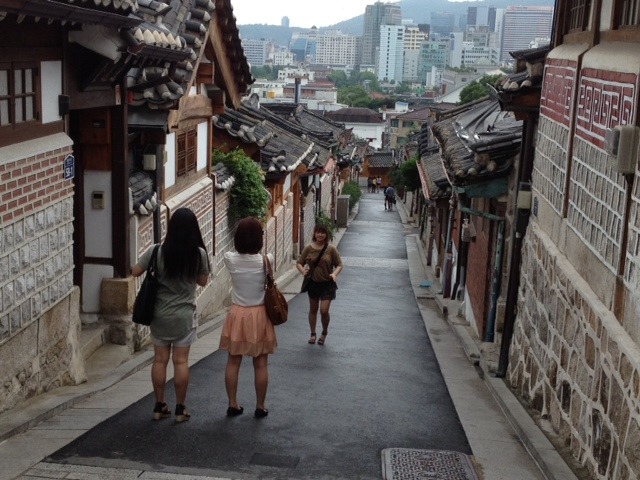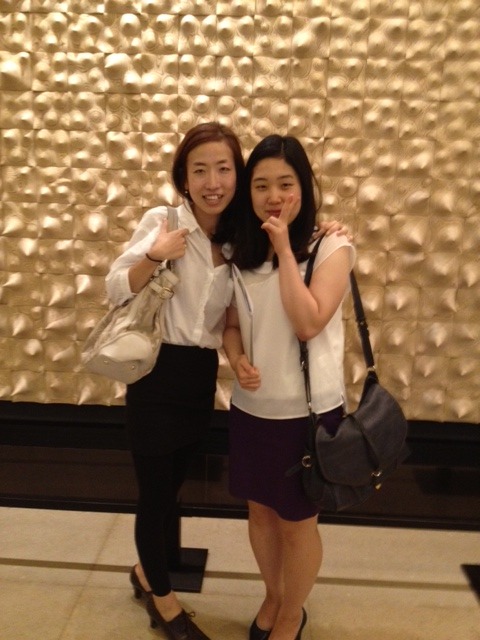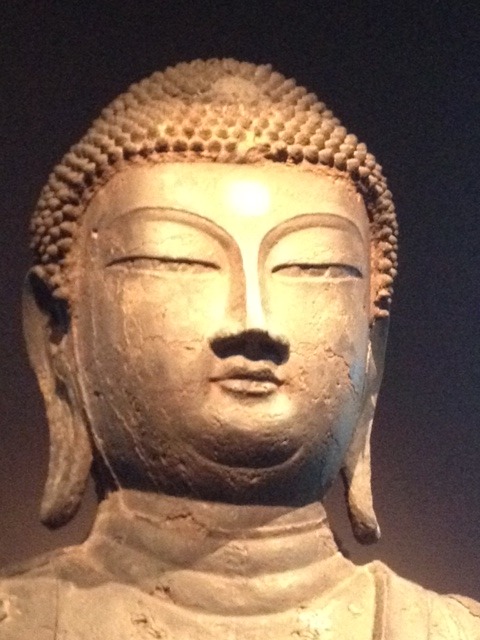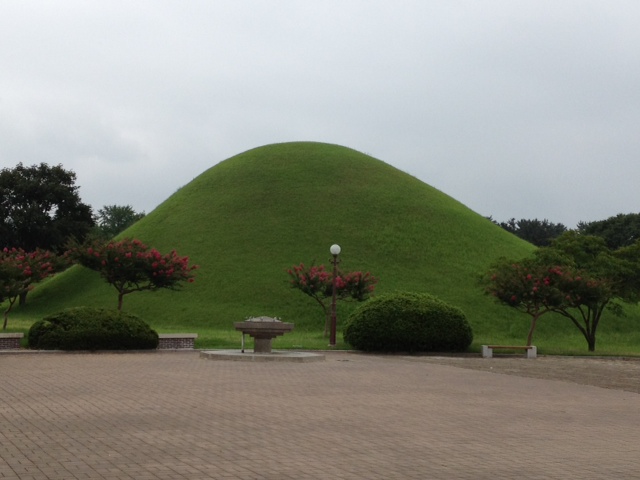
I am in Korea, currently as a guest of the Korean Culture and Information Service (KOCIS) and next week as a guest of the Puchon International Fantastic Film Festival. Each year, KOCIS invites 18 people from around the world to participate in a cultural exchange program. For my visit, I chose to combine business meetings and visits to museums and cultural sites in the hopes of enhancing my understanding of Korean history and culture. I have spent the last week crisscrossing Seoul with my official guide and interpreter, who have enthusiastically embraced the Korean government’s recently imposed relaxed dress code.

Early in my trip I was treated to a personal docent tour of highlights from the National Museum of Korea. The tour included a room of Buddha sculptures that shows off not only the sophistication of ancient Korean sculptors, but also the influence of other cultures via the Silk Road nearly 2,000 years ago.

That same day I was treated to lunch by filmmaker Lee Chang-dong, who visited the Freer a few years ago to show his films, and Hanna Lee, producer of Chang-dong’s masterpiece Secret Sunshine. He showed me around another site where cultures mix: the Bukchon section of the city (top photo), where picturesque old streets have become the settings for wildly popular Korean television dramas, which in turn attract tourists from all over Asia seeking to walk the same streets as their favorite Korean TV stars.
After a week of enriching cultural experiences, productive meetings, and reconnections with old Korean friends, I write today from Gyeongju, city of burial mounds of ancient kings. For everyone I’ve met who loves Gyeongju, I meet someone who complains about obligatory middle school field trips there to be force-fed ancient Korean history. I even saw an installation at Samsung Museum of Contemporary Art lampooning this tradition. But even though Gyeongju dresses up its burial mounds with piped-in mood music and a nighttime light show, it’s hard not to be awed by being in the presence of massive graves that have been left undisturbed for nearly two millenia.

Next week I will experience another kind of spectacle, the Puchon International Fantastic Film Festival, where far-out films from around the world meet an enthusiastic audience of movie geeks. Stay tuned!



